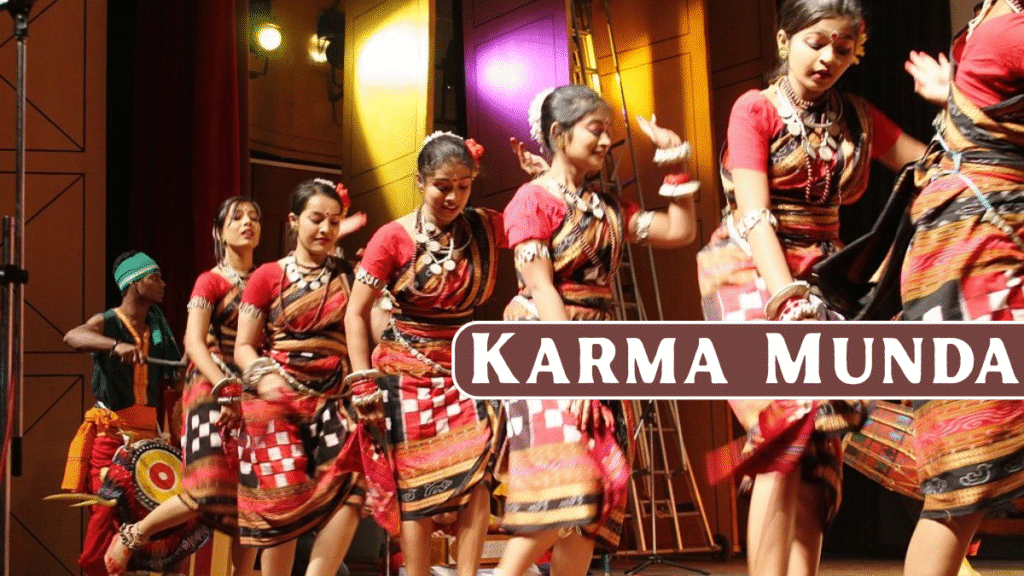Folk Dances of India (State-wise): A Celebration of Cultural Diversity
India is a diversified united states all across the globe. Similar to its languages, meals, get dressed and festivals, dances also are a massive a part of the country’s way of life. One such is folk dances, that are written by means of the not unusual man and sung from era to generation. These are linked to life experiences, fairs and social customs.
What is Folk Dance
Folk dance is a dance accomplished with the aid of the common folk to demonstrate their everyday life, traditions, festival and legends. This dance isn’t written in any book or scripture and no formal training is important to analyze it. These dances are discovered orally within households and groups, and are transmitted from technology to era.
Though classical dances are founded on certain guidelines and historical scriptures which include the Natya Shastra, folk dances originate from neighborhood traditions and habits. Each nation in India has a unique folk dance, which portrays the identity and lifestyle of the location.
Why are folk dances important?
- They preserve the local culture and folklore
- They give a rich picture of regional diversity and traditions
- They instill a feeling of oneness and togetherness in society
- They provide us with a chance to learn about India’s intangible cultural heritage
Major Folk Dances of India – State-wise List
Here’s a list of major folk dances of various states of India, so that you come to know about the cultural variety of the u . S . A . Carefully.
1. Himachal Pradesh

Kinnauri, Thoda, Jhora, Jhaali, Chharhi, Dhaman, Chapeli, Mahasu, Dangi, Chamba, Thali, Jhainta, Daff, Stick Dance
2. Uttarakhand
Chhapeli, Garhwali, Kumaoni, Kajri, Jhora, Raasleela
3. Punjab
Bhangra, Giddha, Daff, Dhaman, Bhand, Imitation
4. Haryana
Jhoomar, Phag, Daff, Dhamal, Lure, Gugga, Khor, Gagor
5. Uttar Pradesh
Nautanki, Raasleela, Kajri, Jhora, Chapeli, Jaita
6. Rajasthan
Ghoomar, Suisini, Kalbelia, Chakri, Gangaur, Swing Leela, Jhuma, Ghapal, Panihari, Ginad
7. Gujarat
Garba, Dandiya Raas, Bhavai, Commentary
8. Maharashtra
Lavani, Nakata, Koli, Lezim, Gafa, Dahikala, Dasavatar or Bohada, Tamasha, Mouni, Povada, Goricha
9. Madhya Pradesh
Tertaal, Manj, Matki, Aada, Khada Naach, Phoolpati, Grida, Selalarki, Selabhadoni, Jawara
10. Chhattisgarh
Gaur Maria, Panthi, Raut Nacha, Pandavani, Vedmati, Kapalik, Chandaini, Bharthari Charit, Gaudi, Karma, Jhumar, Dagla, Pali, Tapali, Navrani, Diwari, Mundari
11. Jharkhand

Karma Munda, Agni, Jhumar, Women’s Jhumar, Men’s Jhumar, Paika, Fagua, Chhanu, Sarhul, Jat-Jatin, Danga, Bidesia, Sohrai, Hunta Dance, Barao, Jhitka, Domkach, Horse Dance
12. Bihar
Jat-Jatin, Bakho-Bakhain, Panwaria, Sama-Chakeva, Bidesia, Jatra
13. West Bengal
Purulia Chhau, Alkaap, Kathi, Gambhira, Dhali, Baul, Marasia, Mahal, Kirtan, Santhali, Gajan, Chaybari Dance
14. Sikkim
Chhu Phat, Yak Chham, Singhi Chham (Snow Lion), Denzong Ganenha, Tashi Yangku, Khukri Naach, Chhutke Naach, Maruni
15. Meghalaya
Laho, Bala, Ka Shad Suk Minsiem, Nongkrem
16. Assam
Bihu, Bichhua, Natpuja, Maharas, Kaligopal, Bagurumba, Naga Dance, Khel Gopal, Tabal Chongli, Jhumura Hobjanai
17. Arunachal Pradesh
Chham, Mask Dance, War Dance, Buya, Chalo, Wancho, Pasi Kongki, Ponung, Popir, Bardo
18. Nagaland
Chong, Khaiva, Lim, Nuralim, Bamboo Dance, Temengnetin, Hetaluli, Rangma, Zeliang, Gettinglim
19. Manipur
Thang Ta, Lai Haraoba, Pung Cholom, Rakhal, Nat Raas, Raukhat, Dol Cholom, Khamba Thabi, Nupa Dance, Raasleela, Khubak Ishei, Lhou Sha
20. Mizoram
Cheraw (Bamboo Dance), Khuallam, Chailam, Sawlakin, Chavnglaijaun, Zangtalam, Par Lam, Sarlamkai/ Solakia, Tlanglam, Pakupila, Cherokan
21. Tripura
Hojagiri
22. Odisha
Ghumura, Ranappa, Savari, Penka, Munaadi, Chhau, Chadaya Dandnata
23. Andhra Pradesh
Ghantamardal, Ottam Thedal, Kummi, Siddhi, Chhadi, Vilasini Natyam, Bhamakalpam, Veeranatyam, Dappu, Tappeta Gullu, Lambadi, Dhimsa, Kolattam, Butta Bommalu
24. Karnataka
Yakshagana, Huttari, Suggi, Kunitha, Karaga, Lambi
25. Goa
Fugdi, Dhallo, Kumbi, Dhangar, Mandi, Jhagor, Khol, Dakani, Tarangmel, Shigmo, Ghode, Modni, Samayi Nritya, Jagar, Ranmale, Tonya Mel
26. Telangana
Perini Sivatandavam, Kesabadi
27. Kerala
Ottam Thullal, Kaikottikali, Tappattikali, Kali Ottam
28. Tamil Nadu
Kargam, Kummi, Kolattam, Kavadi
Conclusion
Indian folk dances are reflections of social life. They are not performances only but a cultural identity that continues to exist in villages, towns and festivals. They are carriers of the story of the soil, faith, tradition and way of life of every state.
To know these dances is not merely to comprehend art but it is a wonderful medium to reach the soul of India.
FAQs
Why are folk dances important in Indian culture?
They preserve regional identity, connect communities, celebrate traditions, and reflect India’s diverse heritage and living cultural expressions.
When are folk dances usually performed?
Folk dances are commonly performed during festivals, harvests, social events, marriages, and religious ceremonies in different regions.
Do all Indian states have their own folk dances?
Yes, every Indian state has distinct folk dances representing its unique culture, rituals, history, and social life.
